Most rods these days are very reliable, so you can buy with the confidence that even our low budget models will not be prone to breakage. However performance, durability, high quality fittings, up-to-date cosmetics and specialised design will vastly improve the character of a rod. Let us help you make the right choice for your requirements.
Test curve
The test curve is the weight required to bring the tip to a 90 degree angle to the butt while the butt is held horizontally. This measurement provides a guide to the stiffness of one rod compared to another. The test curve on its own is not an indicator of casting capability. Of more influence on a rod’s casting potential is the action of the rod, for example a fast-taper 2.75lb test curve rod will generally have greater casting potential than a through-action 3.5lb test curve rod, but the through-action rod will have other benefits in that it will usually be nicer to play a fish with and easier to achieve accurate casting at short to medium ranges.
Rod Actions
For simplicity, only three types of action tend to be referred to in the press:
• Through-action
• Semi-fast taper
• Fast taper
in reality however, there is a whole spectrum of actions between these, and there are points in the spectrum where the definition of the action is a matter of opinion. For example some people may describe the same action of a rod as semi-fast, whereas others will describe it as a through-action. Also semi-fast and fast-taper actions sometimes become confused, the result of which is that the action of a rod described in the angling press or in an advert can sometimes be misleading.
Through-action rods are a dream for playing fish on, as the lack of stiffness in the butt allows the power to be absorbed, it’s similar to playing a fish on a bungee elastic, being near impossible to hook pull or break lines, so the best choice for when light hook links are required. They are the best action rods for accurately casting at short to medium range and also perform well when using light leads. Through-action rods are not a good choice if distance casting could be necessary and only the higher test curve models are suited to method fishing and PVA bag work.
Semi-fast taper rods can also be referred to as medium action, progressive, compound taper or parabolic, and most general carp rods are built to have this action. These rods generally play fish well and cast PVA bags and method balls accurately with ease. Additionally they do not require specialist casting techniques to achieve good casts. However semi-fast rods are not ideal for extreme-range or continual long-range work. This is the ‘all-rounder’ action. There are however many variations that are labelled semi-fast taper, so seeking knowledgeable advice is important.
Fast-taper rods are best for extreme-range or long-range casting, although require a good casting technique to realise their full potential. They are also best for casting heavier weights such as larger PVA bags or method balls. This is the least enjoyable action with which to play fish, with a greater chance of hook pulls or hook link breakage. Fast-action rods are also difficult to cast accurately at shorter range (under 70 yards) because a little extra effort on the cast results in a lot more distance, generally making it difficult to place a bait under an overhanging tree line for example.
Character
The action and test curve both affect the character of a rod, but there are other factors that influence the feel, balance and recovery rate, and therefore change the character. The type of carbon cloth used, the position, number and type of rod guides, the position of the reel seat, the type of handle and other factors will all have an effect.
50mm butt rings – pros & cons
50mm butt rings have become more popular in recent years because they reduce the chance of the line grabbing the butt ring (line frap)during casting, a problem that is more evident when using reels with large diameter spools. There is a misconception that you will automatically cast further with 50mm ringing, but if a good casting technique is not used then 50mm ringing will be of little help as it’s major role is to reduce line frap. The benefit of a 50mm butt ring however needs to be weighed against other considerations: they may fit awkwardly in your present luggage and because of their size, 50mm rings are more vulnerable, so need to be careful to avoid damaging them. Also, when 50mm ringing is used on a rod, all sizes are moved up one space. This added weight makes the rod feel different and reduces recovery after casting, which is acceptable on most higher test curve rods of say 3.5lb or above, but will feel unbalanced on a lighter rod of 3lb and below.





